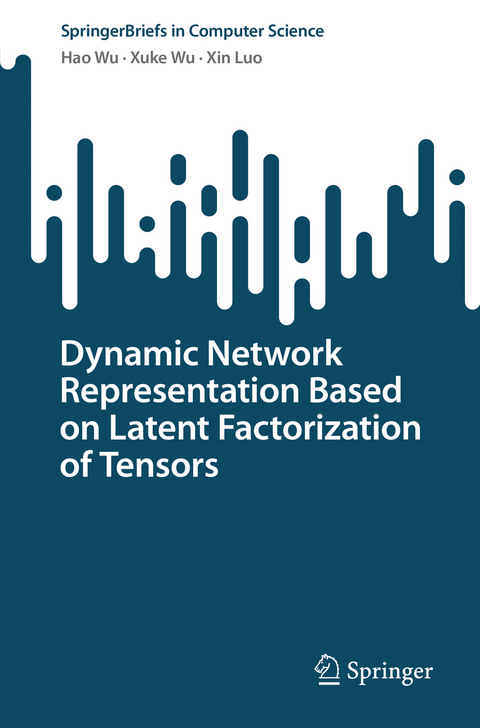
Dynamic Network Representation Based on Latent Factorization of Tensors
Springer Verlag, Singapore
9789811989339 (ISBN)
In this book, we first model a dynamic network into an HDI tensor and present the basic latent factorization of tensors (LFT) model. Then, we propose four representative LFT-based network representation methods. The first method integrates the short-time bias, long-time bias and preprocessing bias to precisely represent the volatility of network data. The second method utilizes a proportion-al-integral-derivative controller to construct an adjusted instance error to achieve a higher convergence rate. The third method considers the non-negativity of fluctuating network data by constraining latent features to be non-negative and incorporating the extended linear bias. The fourth method adopts an alternating direction method of multipliers framework to build a learning model for implementing representation to dynamic networks with high preciseness and efficiency.
Hao Wu received a Ph.D. degree in Computer Science from the University of Chinese Academy of Sciences, Beijing, China, in 2022. He is currently an Associate Professor of Data Science with the College of Computer and Information Science, Southwest University, Chongqing, China. His research interests include big data analytics and tensor methods. Xuke Wu is currently pursuing a Ph.D. degree from the College of Computer Science and Technology, Chongqing University of Posts and Telecommunications, Chongqing, China. His current research interests include data mining and intelligent transportation systems. Xin Luo received a Ph.D. degree in computer science from Beihang University, Beijing, China, in 2011. He is currently a Professor of Data Science and Computational Intelligence with the College of Computer and Information Science, Southwest University, Chongqing, China. He has authored or coauthored over 200 papers (including over 90 IEEE Transactions papers) in the areas of his interests. His research interests include big data analysis and intelligent control.
Chapter 1 IntroductionChapter.- 2 Multiple Biases-Incorporated Latent Factorization of tensors.- Chapter 3 PID-Incorporated Latent Factorization of Tensors.- Chapter 4 Diverse Biases Nonnegative Latent Factorization of Tensors.- Chapter 5 ADMM-Based Nonnegative Latent Factorization of Tensors.- Chapter 6 Perspectives and Conclusion.
| Erscheinungsdatum | 10.03.2023 |
|---|---|
| Reihe/Serie | SpringerBriefs in Computer Science |
| Zusatzinfo | 16 Illustrations, color; 4 Illustrations, black and white |
| Verlagsort | Singapore |
| Sprache | englisch |
| Maße | 155 x 235 mm |
| Themenwelt | Mathematik / Informatik ► Informatik ► Datenbanken |
| Informatik ► Theorie / Studium ► Algorithmen | |
| Informatik ► Theorie / Studium ► Künstliche Intelligenz / Robotik | |
| Mathematik / Informatik ► Mathematik | |
| ISBN-13 | 9789811989339 / 9789811989339 |
| Zustand | Neuware |
| Informationen gemäß Produktsicherheitsverordnung (GPSR) | |
| Haben Sie eine Frage zum Produkt? |
aus dem Bereich


